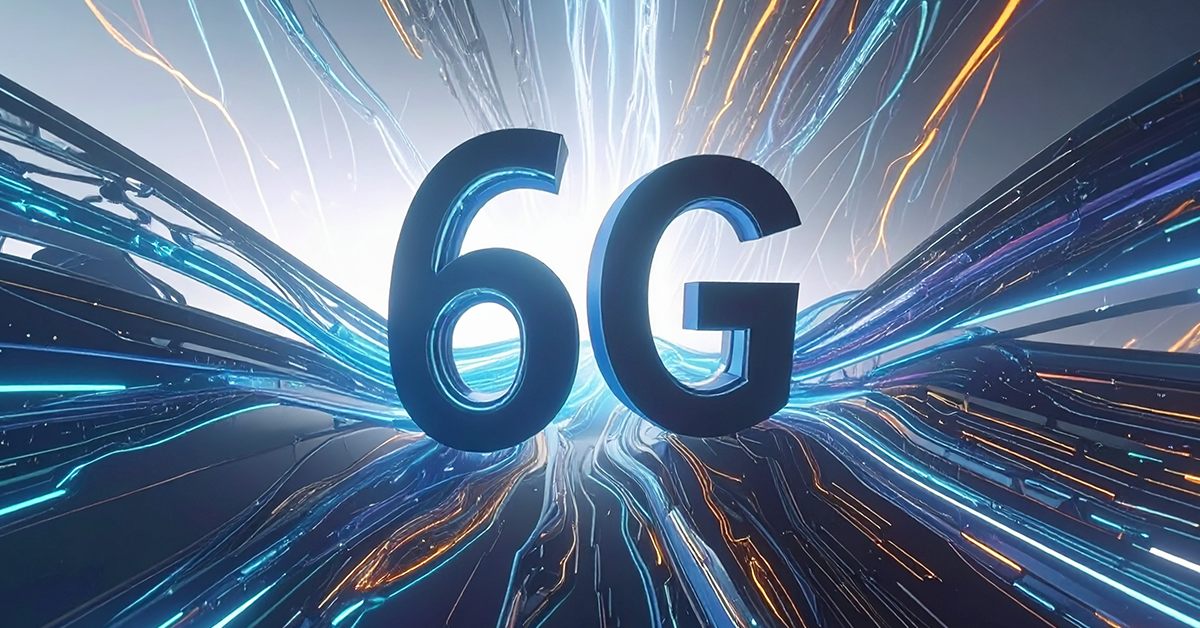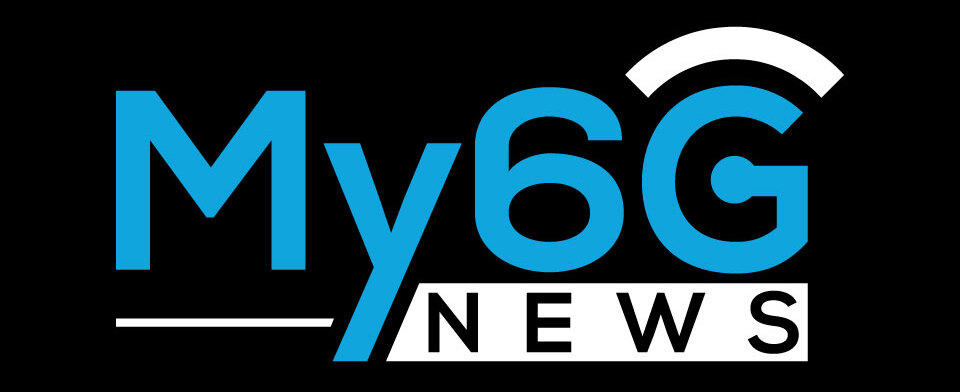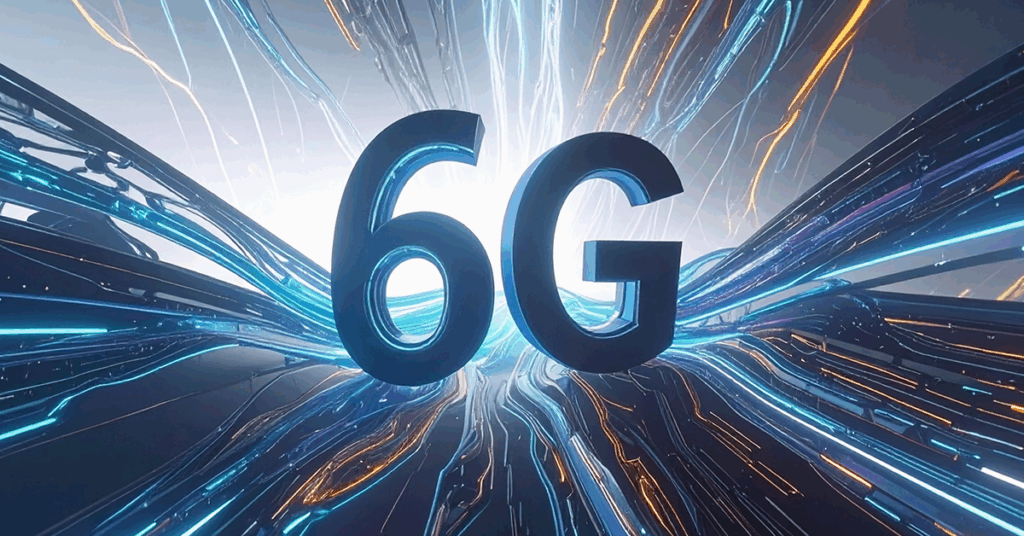Now Reading: Architecture: Overview of key 6G Architecture Components and Functions
1
-
01
Architecture: Overview of key 6G Architecture Components and Functions
Architecture: Overview of key 6G Architecture Components and Functions

The proposed 6G architecture is designed to be a significant leap forward in connectivity, integrating cutting-edge technologies to enhance speed, efficiency, and global coverage. Here are some key components shaping the future of 6G:
- AI-Driven Network Core: Artificial intelligence will play a central role in optimizing network operations, predicting traffic patterns, and enhancing security.
- Enhanced Edge Computing Layer: Processing data closer to the source will reduce latency and improve real-time applications.
- Quantum Communication Backbone: Quantum technologies will enhance encryption and security, making communications more resilient.
- Ultra-Flexible Network Slicing: Networks will be dynamically adjustable to cater to different applications, from IoT to immersive experiences.
- Global Coverage Infrastructure: 6G aims to provide seamless connectivity worldwide, including remote and underserved areas.
- Sustainable and Energy-Efficient Systems: Green technologies will be integrated to reduce power consumption and environmental impact.
- Terahertz (THz) and Visible Light Communication (VLC): Higher frequency bands will enable ultra-fast data transmission.
- Human-Centric Security Framework: Advanced security measures will ensure user privacy and data protection.
Companies like Ericsson and Nokia are actively shaping the 6G system architecture, focusing on early alignment, seamless integration with existing networks, and sustainability3. The European 5G-PPP initiative has also outlined architectural principles emphasizing intelligent, flexible, and secure networks.
Previous Post
Next Post
Loading Next Post...









